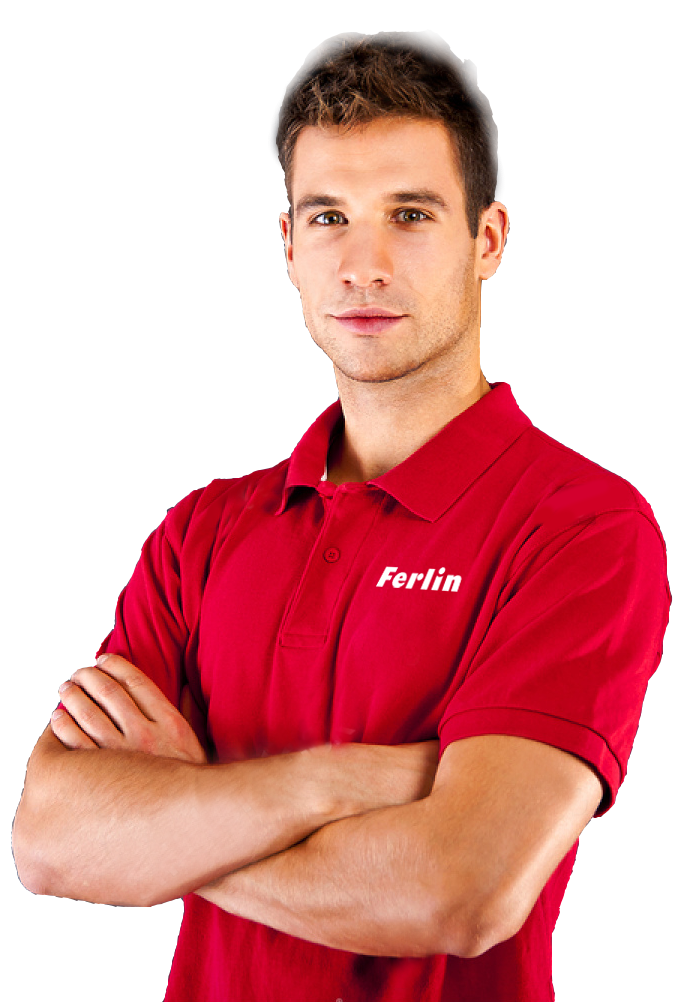Drying of non-hygroscopic plastics such as polyethene, polypropylene, polystyrene or PVC requires different dryers with different principles than hygroscopic plastics such as nylon, ABS, PET, PBT and PU. Ultimately, both types of plastics are dried to get rid of moisture and to avoid a negative effect on the quality of the final product. First, we will explain what hygroscopic materials are. Thereby, we will discuss essential factors for drying these hygroscopic materials. After that, we will discuss what non-hygroscopic materials are.
Hygroscopic plastics
Hygroscopic plastics have a strong affinity for moisture. Because moisture will not be absorbed at the surface of the material, the material will absorb the moisture into their molecular structure. Therefore, a flow of warm air passing through the material is not enough to dry it. A dry air dryer is required for drying this material. Dry air is air that has been treated so that it is less moist than normal atmospheric air. In general, 3 types of dry air dryers can be used for this process:
Compressed air dryers
This type of dryer uses compressed air to generate a very stable dew point. In fact, it is a very good way of drying materials. However, it consumes a lot of compressed air, which in many cases is quite expensive to produce for plastic processing companies.
Desiccant tower dryers
This type of dryer often uses a drying unit with two desiccant containers in series. The first tower of desiccant will generate dehumidified air that will flow to the hopper containing hygroscopic material. The then saturated dry air flows back to the desiccant container, where it is dehumidified again. When the desiccant is saturated, the dry airflow is diverted to a fresh desiccant tower, and the previous container is regenerated. Advantages of such systems are that several hoppers can be connected to one drying unit, that the operating costs are lower compared to compressed air dryers and the purchase price is lower compared to honeycomb dryers. A major disadvantage is that contamination occurs from the desiccant to the hygroscopic materials, and in case several hoppers are also connected between hygroscopic materials. The dew point is not constant because the first desiccant tower gradually becomes more and more saturated up to a certain dew point, after which it will switch to the second desiccant tower. This causes the dew point to drop immediately. This results in a dewpoint graph with a strong shark tooth shape. Regeneration of one of the containers is often done by high temperatures and costs a lot of energy.
Honey cumb dryers
These dryers use a rotating disc that contains a drying agent. The disc rotates slowly over three different zones. The first zone is the intake zone, where the desiccant creates dehumidified air that is blown into a container. The second zone is the regeneration zone where the desiccant is prepared to produce more dehumidified air. The third and last zone is the cooling zone. Since these 3 processes occur simultaneously, the dew point is very constant. Moreover, the regeneration temperature is much lower. Each hopper has its own drying unit without the risk of contamination.
Non-hygroscopic plastics
Non-hygroscopic plastics have no affinity for moisture. The moisture collected by the non-hygroscopic plastics is absorbed on the surface of the pellet and is often caused by condensation. Since the moisture is on the surface of the pellet, drying with a hot air stream flowing over the material is sufficient. Many hot air dryers can be used for this process.

